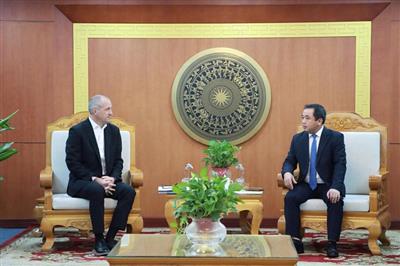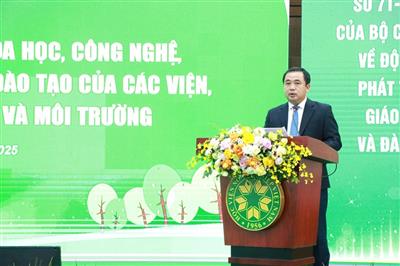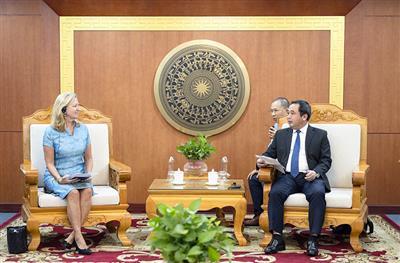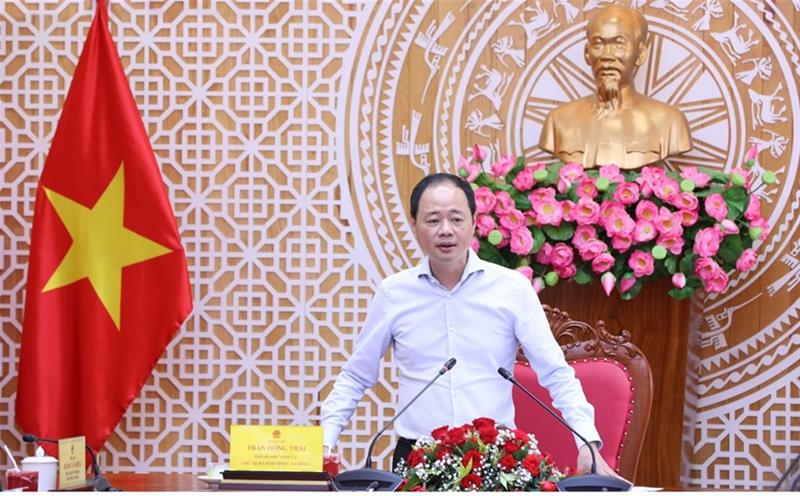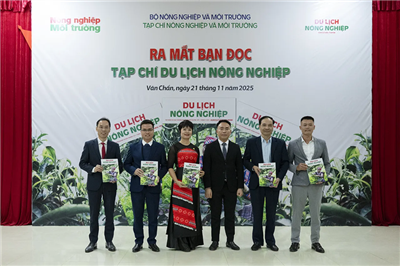
Scientific research paper: Assessing the variations of surface water resources in Da Lat under climate change context
03/11/2025TN&MTAmid increasing climate change impacts and rapid urbanization, the study “Assessing the variations of surface water resources in Da Lat under climate change context”, conducted by Pham The Anh, Truong Thanh Canh, Bui Xuan An, and Le Thi Thanh Quynh, analyzes long-term meteorological and hydrological data (1993-2024) to clarify the trends in streamflow, rainfall, and temperature across four main river basins of Da Lat. The findings provide scientific evidence to support the management and planning of surface water resources toward adaptation and sustainable development.
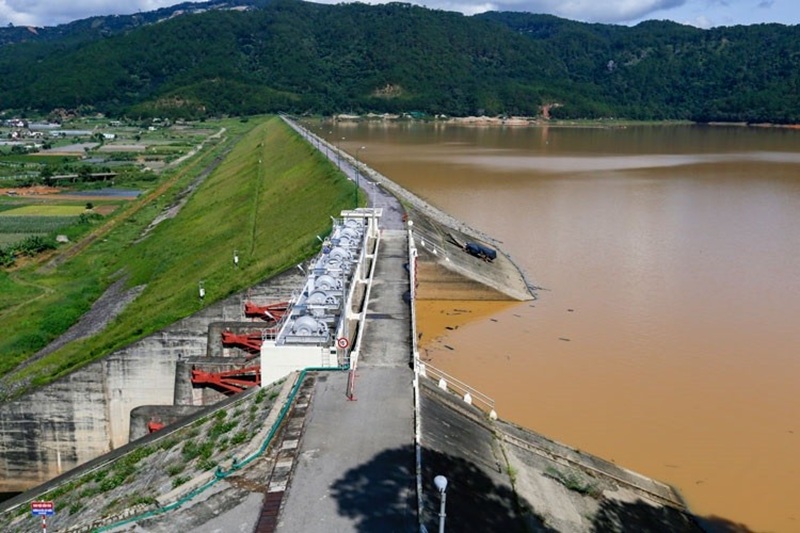
The tributaries of the Da Nhim river
Introduction
In the context of global climate change and accelerating urbanization, water resources have become a critical issue for the sustainable development of highland cities, particularly Da Lat, Vietnam’s center of high-tech agriculture.
Recognizing this, a research team including M.Sc. Pham The Anh, Ph.D. Truong Thanh Canh, Ph.D. Bui Xuan An, and M.Sc. Le Thi Thanh Quynh carried out the study “Assessing the variations of surface water resources in Da Lat under climate change context.”
The research was jointly implemented by the University of Science – Vietnam National University Ho Chi Minh City, Ho Chi Minh City University of Technology and Education, Yersin University of Da Lat, and the Tay Nguyen Regional Hydrometeorological Station.
Conducted during 1993–2024, the study aims to provide scientific evidence for the management, planning, and sustainable use of surface water resources in Da Lat, a city strongly influenced by tropical monsoon climate patterns and rapid land-use change.
Objectives and scope
The study focuses on evaluating the trends and variability of streamflow and total runoff across four main river basins in Da Lat, including: the Cam Ly river; the Da Tam river; the tributaries of the Da Nhim river; the headwaters of the Da Hiong stream.
The analysis considers streamflow, total runoff, rainfall, and mean temperature, to identify correlations between climatic variables and surface water dynamics, thereby revealing the combined impacts of climate change and urbanization on Da Lat’s hydrological regime.
Methods
The research utilizes long-term meteorological and hydrological data (1993–2024) collected from observation stations operated by the Lam Dong hydrometeorological station and the Tay Nguyen regional hydrometeorological station. Main analytical methods include:
- Trend analysis to determine temporal changes in flow rate and rainfall.
- Multivariate linear regression analysis to quantify the relationship between total runoff (W), rainfall (R), and temperature (T), expressed by the model:
W=-36,25+0,21R+2,74T(R^2=0,68;p<0,01)
- Analogous basin method for calculating streamflow in ungauged basins.
The results are synthesized and compared across three periods (1994–2003, 2004–2013, and 2014–2024) to evaluate temporal and seasonal variations in surface water resources.
Key findings
1. Streamflow variations
Annual average streamflow across the four river basins shows a slight upward trend, particularly during the rainy season (May–October), which accounts for 75–80% of the annual total runoff.
For instance, in the Cam Ly River Basin, the mean discharge increased from 4.5 m³/s (1994–2003) to 5.5 m³/s (2014–2024).
In contrast, the dry season (November–April) has witnessed a considerable decline in streamflow, especially in March, the period of the lowest flow, posing potential risks of water shortages for domestic use and agriculture.
2. Climatic influence on streamflow regime
The regression analysis confirms that:
- Rainfall is the dominant factor influencing runoff: every 1 mm increase in rainfall adds approximately 0.21 million m³ of streamflow.
- Temperature also exerts a significant influence, with each 1°C rise contributing an additional 2.74 million m³ of runoff.
These findings demonstrate the strong interrelationship between climate variability and surface water resources, indicating growing uncertainty in the region’s rainfall–runoff cycle.
3. Seasonal differentiation and drought risks
The total annual runoff averages 412.4 million m³, with the dry season accounting for only 20–25%.
In several recent years (2011, 2015, and 2019), dry-season streamflow declined by 15–25% compared to the historical mean, signaling an increasingly severe surface water imbalance in the region.
Scientific and practical implications
This study delivers three major contributions:
Scientific basis: Provides a quantitative assessment framework for evaluating variations in surface water resources under changing climatic conditions, an area still under-researched in the Central Highlands.
Analytical dool: Develops a multivariate regression-based model for streamflow prediction, applicable to water resource planning, irrigation systems, and urban agriculture management.
Adaptive management solutions: Recommends measures such as enhancing natural water storage, optimizing reservoir operation, and promoting water-saving technologies in high-tech agriculture.
Conclusions and recommendations
The research team affirms that climate change is significantly affecting Da Lat’s water balance, evidenced by more extreme wet-season flows and reduced dry-season discharge.
To address this, an integrated and climate-adaptive water resource management strategy is required, aligned with sustainable urban planning and the protection of aquatic ecosystems.
The study exemplifies the value of interdisciplinary research in tackling environmental challenges and advancing sustainable urban development, a crucial direction for Vietnamese science in the current era.
MSc. Pham The Anh and colleagues



